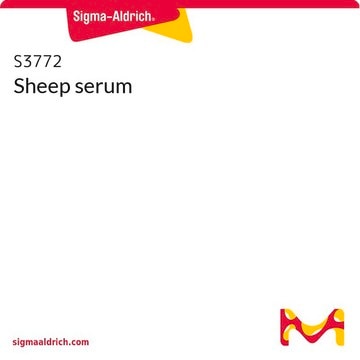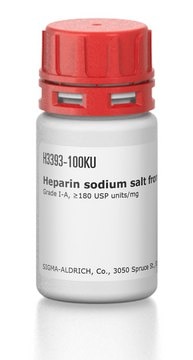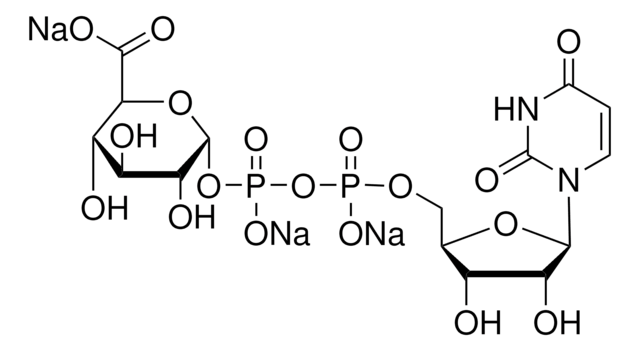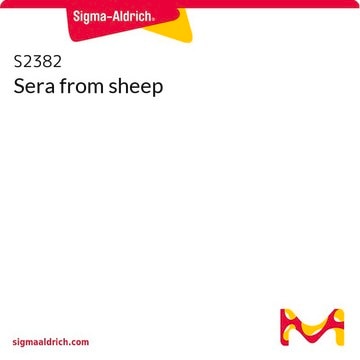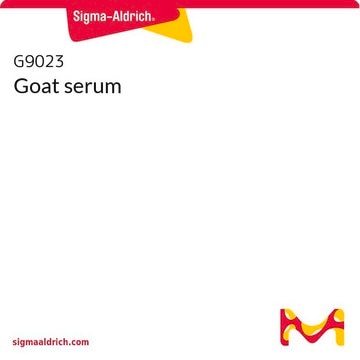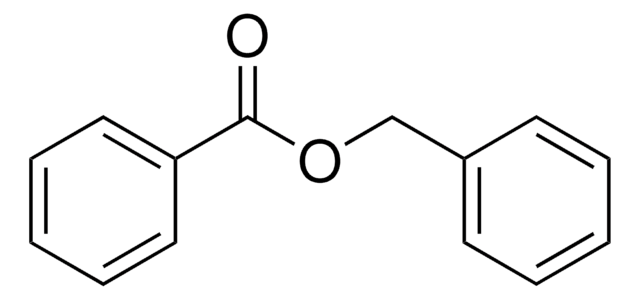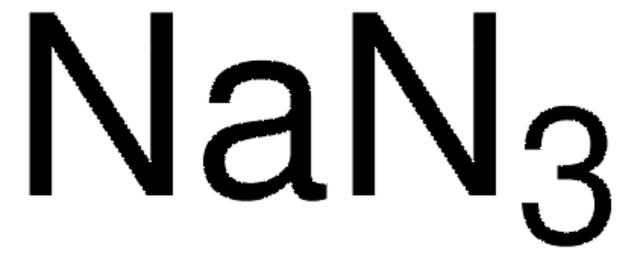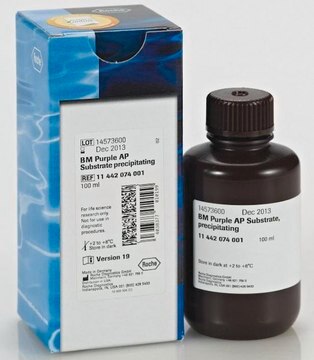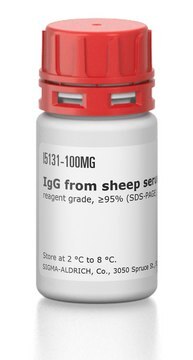S2263
Sheep Serum
USA origin, sterile-filtered, suitable for cell culture
Synonym(s):
ovine sera, ovine serum, sheep sera
About This Item
Recommended Products
biological source
sheep
Quality Level
sterility
sterile-filtered
composition
hemoglobin, ≤50 mg/dL
origin
USA origin
technique(s)
cell culture | mammalian: suitable
impurities
≤100 EU/mL endotoxin
shipped in
dry ice
storage temp.
−20°C
Related Categories
Application
Preparation Note
Analysis Note
wgk_germany
WGK 3
flash_point_f
Not applicable
flash_point_c
Not applicable
ppe
Eyeshields, Gloves
Certificates of Analysis (COA)
Search for Certificates of Analysis (COA) by entering the products Lot/Batch Number. Lot and Batch Numbers can be found on a product’s label following the words ‘Lot’ or ‘Batch’.
Already Own This Product?
Find documentation for the products that you have recently purchased in the Document Library.
Customers Also Viewed
Articles
Find answers to frequently asked questions (FAQs) about FBS and other serum products, and links to related products.
Protocols
In Situ Hybridization of Whole-Mount Mouse Embryos with RNA Probes: Hybridization, Washes, and Histochemistry. This is a protocol describing how to perform in situ hybridization on whole mouse embryos. Here we describe the hybridization procedure, and the localization of the DIG-labeled RNA using a conjugate of anti-DIG Fab antibody and calf intestinal alkaline phosphatase. Enzyme activity of the reporter is detected by a color reaction, resulting in the formation of a water-insoluble purple/blue precipitate. Manipulating the Mouse Embryo - Third Edition
Our team of scientists has experience in all areas of research including Life Science, Material Science, Chemical Synthesis, Chromatography, Analytical and many others.
Contact Technical Service